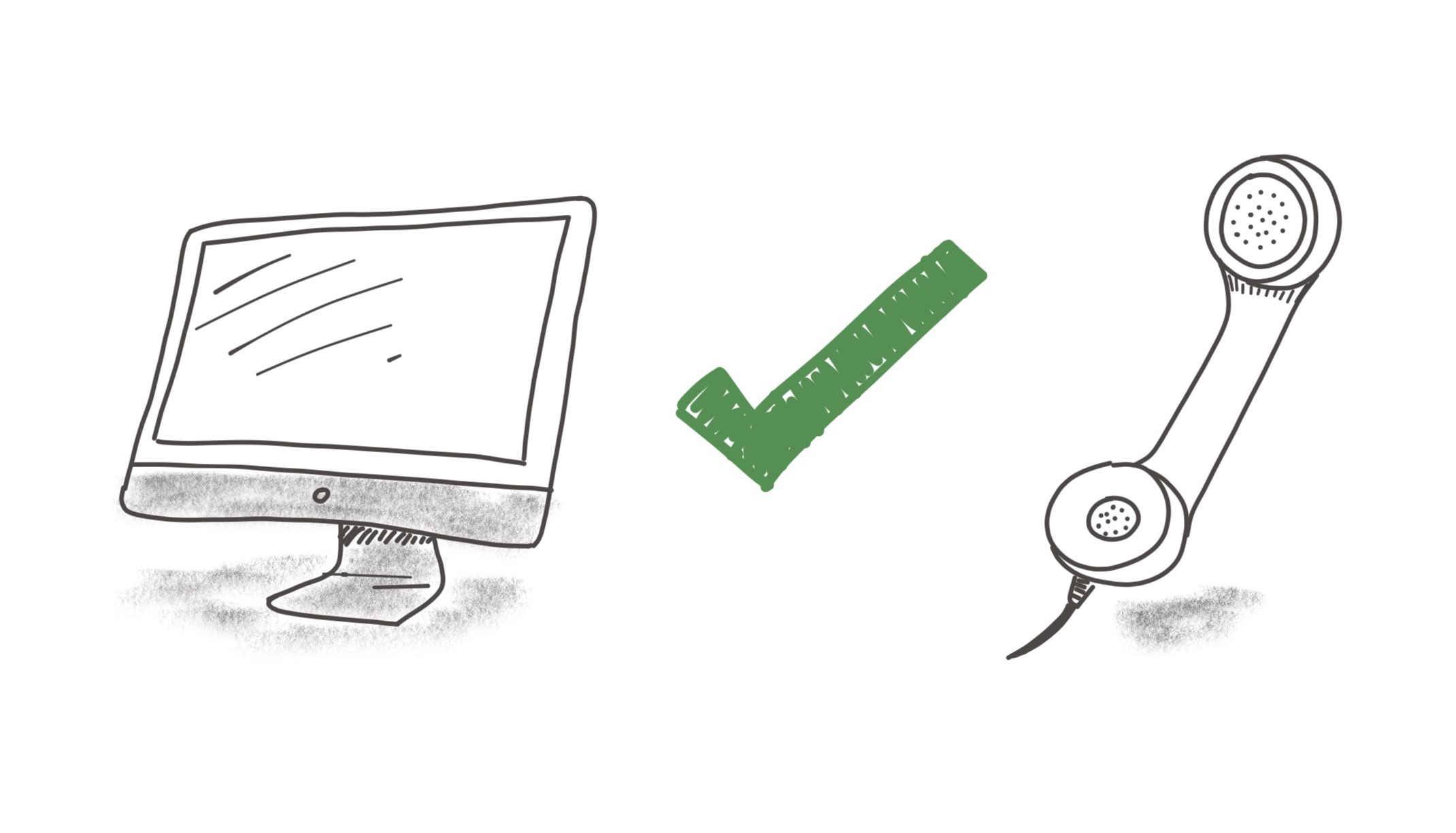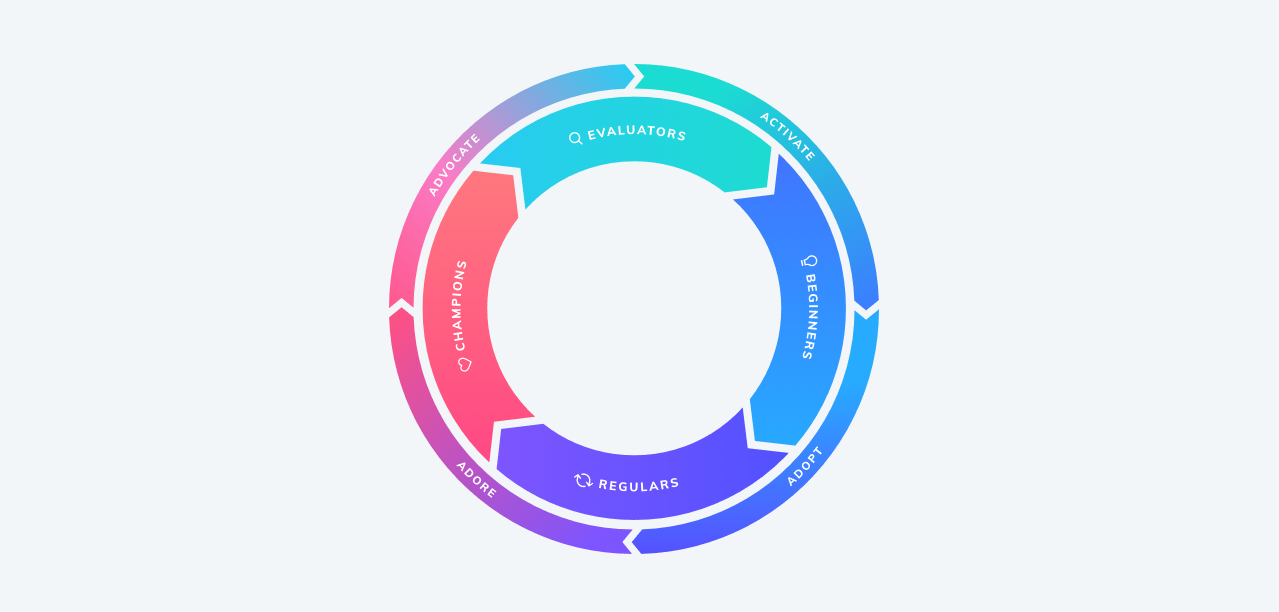Product-led Growth Isn't Incompatible with Sales
September 1, 2021 • #Product-led growth has been booming in the B2B software universe, becoming the fashionable way to approach go-to-market in SaaS. I’m a believer in the philosophy, as we’ve seen companies grow to immense scales and valuations off of the economic efficiencies of this approach powered by better and better technology. People point to companies like Atlassian, Slack, or Figma as examples that grew enormously through pure self-service, freemium models. You hear a lot of “they got to $NN million in revenue with no salespeople.”
This binary mental model of either product-led or sales-led leads to a false dichotomy, imagining that these are mutually exclusive models — to grow, you can do it through self-service or you can hire a huge sales team, pick one. Even if it’s not described in such stark terms, claims like “they did it without sales” position sales as a sort of necessary evil we once had to contend with against our wills as technology builders.

But all of the great product-led success stories (including those mentioned above) include sales as a component of the go-to-market approach. Whether they refer to the function being performed by that name or they prefer any number of other modern euphemisms (customer happiness advocate, growth advisor, account manager), at scale customers end up demanding an engagement style most of us would call “sales.”
Product-led, self-service models and sales are not incompatible with one another. In fact, if structured well, they snap together into a synergistic flywheel where each feeds off of the other.
Early-stage customers
Product-led tactics have the most benefit in the early stage of a customer’s lifecycle, when your product is unproven. Free trials and freemium options lower the bar to getting started down to the floor, self-service tools allow early users to learn and deploy a tool in hours on their own timeline, and self-directed purchasing lets the buyer buy rather than be sold to. In 2021, flexibility is table stakes for entry-level software adoption. There are so many options now, the buying process is in the customer’s control.
With the right product design, pricing, and packaging structure, customers can grow on their own with little or no interaction through the early days of their expansion. For small to mid-size users, they may expand to maximum size with no direct engagement. Wins all around.
For larger customers (the ones all of us are really after in SaaS), this process gets them pretty far along, but at some stage other frictions enter the picture that have nothing to do with your product’s value or the customer’s knowledge of it. Financial, political, and organizational dynamics start to rear their heads, and these sorts of human factors are highly unlikely to get resolved on their own.
The Sales Transition
Once the bureaucratic dynamics are too great, for expansion to continue we need to intervene to help customers navigate their growing usage. As I wrote about in Enterprises Don’t Self-Serve, several categories of friction appear that create growth headwinds:
- Too many cats need to be herded to get a deal done — corralling the bureaucracy is a whole separate project unrelated to the effectiveness or utility of the product; no individual decision maker
- The buyer isn’t the user — user can’t purchase product, purchaser has never used product; competing incentives
- If you have an advocate, they have a day job — And that job isn’t playing politics with accounting, legal, execs, IT, and others
As you start encountering these, you need to proactively intervene through sales. The role of sales is to connect with and navigate the players in the organization, then negotiate the give and take arrangements that create better deals for both parties: e.g. customer commits to X years, customer gets Y discount. Without a sales-driven approach here, every customer is treated as one-size-fits-all. Not the best deal for the vendor or customer. When you insert sales at the right stage, you increase the prospect of revenue growth, and the customer’s ability to sensibly scale into that growth with proper integration throughout their organization.
In SaaS literature you’ll read about the notion of “champions”, internal advocates for your product within your customer that are instrumental in growing usage. Champions serve a function in both methodologies — with product-led, they’re pivotal for adoption to perpetuate itself without your involvement, and when engaging with sales, we need those champions to be intermediaries between vendor and buyer. They act like fixers or translators, helping to mediate the communication between the sides.
A well-built, product-led product mints these champions through empowerment. We give users all the tools they need — documentation, guides, forums, SDKs — to build and roll out their own solution. After a couple phases of expansion, users evolve from beginners to experts to champions. If we’re doing it right and time sales correctly, champions are a key ingredient to maximizing relationships for customers and product-makers. Product-led approach early creates inertia to keep growing, a back pressure that sales can harness to our advantage.
AppCues publishes their product-led growth flywheel, which describes this cycle succinctly:

As they demonstrate, a user becoming a champion isn’t the end state; champions beget future brand new users through advocacy, word-of-mouth, and promotion within their own networks.
It’s dangerously short-sighted to look down the nose at sales as a bad word. Sales isn’t just something you resort to when you “can’t do PLG”, it’s a positive-sum addition to your go-to-market when you execute this flywheel properly.